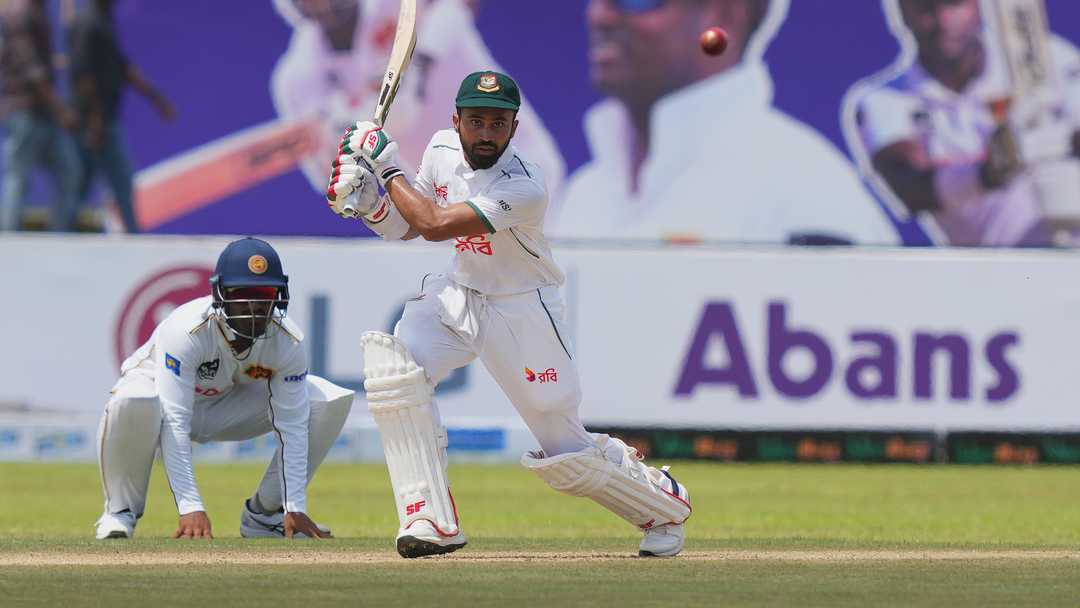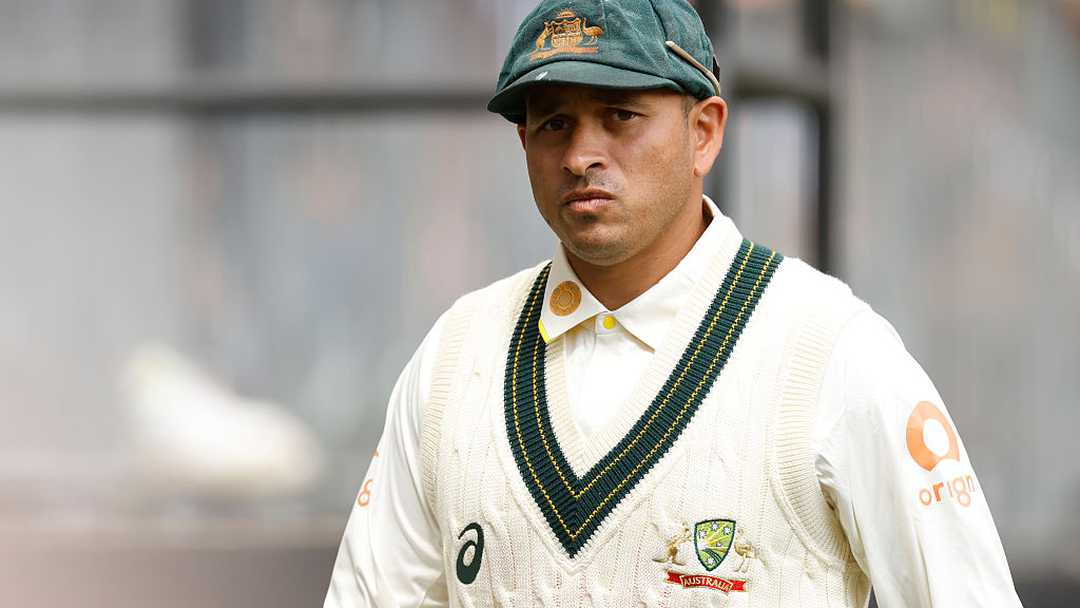
Mental preparation and learning the art of control – Mominul Haque
Bangladesh batter Mominul Haque appears to have transformed his batting approach. The left-hander scored three consecutive fifties in the recent Test series against Ireland and demonstrated greater control at the crease—a departure from his earlier tendency to dominate from the outset. Mominul credited one-on-one sessions in Australia with former national head coach Chandika Hathurusingha for helping him rediscover his batting identity.
How did the Ireland series go for you?
Overall, Alhamdulillah. It would have been even better if I had scored two centuries.
You’ve been dismissed in the 80s multiple times. With 25 half-centuries and seven scores in the 80s, what’s behind this pattern?
It’s part of a career—sometimes you get close to a hundred and still get out. I don’t regret it because, as a batter, my focus is on playing session by session.
Mohammad Ashraful mentioned that you prioritize process over personal milestones. Can you elaborate?
Every batter is different. I don’t believe many players fixate on milestones. Once you’re in the game, your attention shifts to the day’s conditions, the situation, and how you handle the opposition bowlers. You assess which bowlers are effective, plan accordingly, and identify who might be out of form. At that point, thoughts of milestones don’t surface because you’re occupied with tactical decisions.
When you reach the nineties, there’s natural nervousness—it’s human. But overall, the focus remains on what the team needs, the match situation, and playing session by session. If you concentrate on that, milestones will follow naturally. If you think about outcomes prematurely, your consistency may suffer.
Did your preparation change before the Ireland series, especially after working with Hathurusingha in Sydney?
My mental preparation shifted. When I trained with Hathurusingha, I gained clarity on many aspects. One-on-one sessions significantly improve batters, and that time helped refine my mental approach.
Mental preparation involves planning what you intend to do before you practice. Hathurusingha taught me how to prepare mentally, practice situation-based scenarios, and identify weaknesses to enhance my batting. This included field preparation and simulating match situations.
So the training was purpose-driven, not just casual net sessions?
Exactly. It wasn’t about batting freely. It was a package of mental and situational preparation. We built a foundation for how to practice—unlike typical net sessions where you just go and hit.
Does mental preparation vary with conditions, like in Australia versus India?
The mindset remains consistent regardless of conditions or opponents. What changes are the adjustments based on pitch, ball, and bowling.
Did you practice with different balls?
Yes, I practiced with the Kookaburra, SG, and Dukes balls—the three used in Test cricket. Each behaves differently. The Kookaburra swings early but settles after 30 overs, while the Dukes and SG keep swinging. Your shot selection and approach must adapt accordingly.
Have you added any new shots?
I haven’t added new shots. Instead, I’ve gained better control over my batting. That ability has improved, and I aim to develop it further.
It’s rare for players from our region to invest in such training. What motivated your decision?
Having played for Bangladesh for 12–13 years, I’ve seen the high-quality facilities and practice methods abroad. In Bangladesh, we lack similar resources—especially quality pace bowlers and pitches. Often, I only face top bowlers a few days before a series. For Test players like me, preparation gaps are challenging. Mental preparation alone isn’t enough; you need physical practice with quality bowlers.
I’ve considered options in South Africa and India, but coaches were unavailable or visas took too long. I spoke with Shakib al Hasan, who advised that staying in Bangladesh wouldn’t lead to improvement—going abroad was essential. That’s why I chose Australia.
Another reason was Hathurusingha’s familiarity with our team and mindset. As an Asian coach, he understands our psychology. I decided to take the chance, hoping for even slight improvement.
What was your daily routine in Sydney?
I’d go to practice around 9 or 10 AM. Hathurusingha booked sessions in advance—usually one to two hours daily. Over 22 days, I practiced for 11–12 days, taking breaks in between. I also explored Sydney.
You had past disagreements with Hathurusingha, including being demoted to number eight. Did that affect your decision?
Those thoughts don’t linger. That phase pushed me to improve. If it hadn’t happened, I might not have grown. In sports, if someone can help you advance, it makes sense to work with them.


